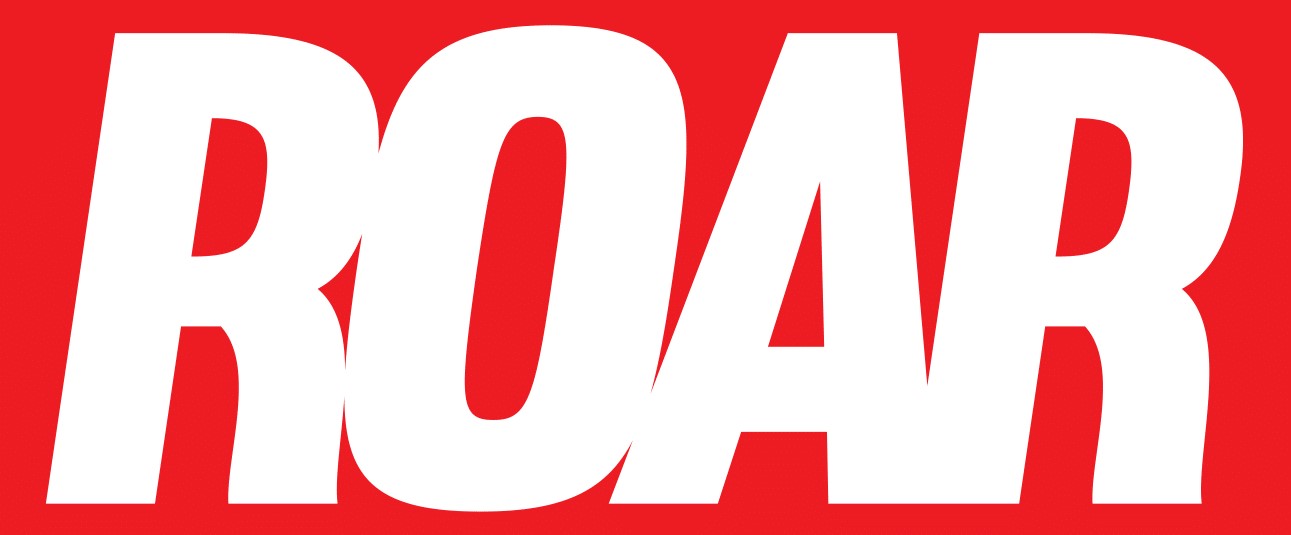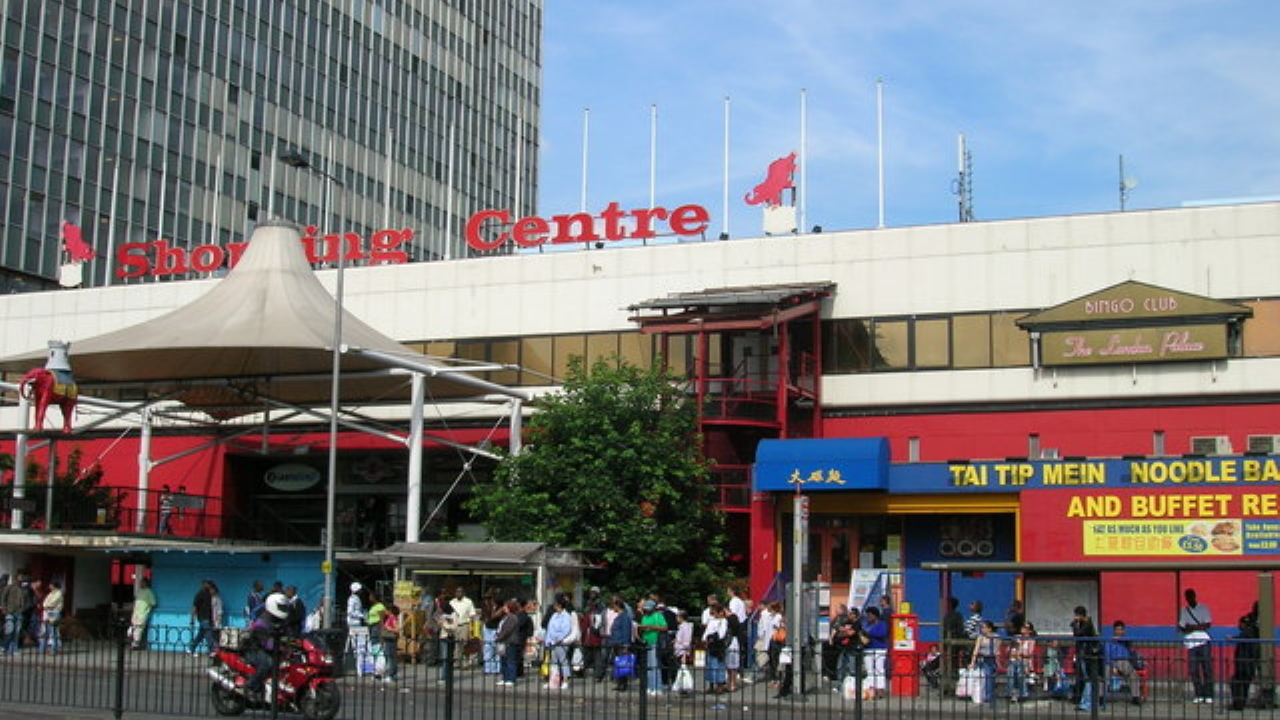Roar writer Mila Stricevic on the gentrification of second-hand clothing.
Where vintage Burberry trench coats clash with bohemian knitted sweater vests, London’s bustling streets have become one long catwalk for the fashionable elite. Self-expression through clothing has existed for decades and has only become more exciting with apps like Depop and eBay. Taken at face value they may seem like sustainable tools helping to curb fast-fashion and recycle old trends but our growing obsession with ‘vintage’ has resulted in the highest rates of fashion consumption globally and its repercussions go deeper than just the unsolicited return of the Croc…
Our relationship with clothing over the decades has seen significant change. Fifty years ago, a few well-made basics and a Sunday dress would have constituted the average closet but in this era of quantity over quality, cheap garments fly off the rails at such record speed that a sixth of the world’s population have up to five clothing items in their wardrobe that haven’t been worn. The rise of second-hand consumerism should be a positive thing, especially in a time of increased climate change awareness. Buying used items ensures they aren’t prematurely thrown out to the landfill, but as the second-hand clothing industry competes with fast fashion brands, it isn’t the idea of recycled clothes but over-consumption that remains the problem.
Depop is not a charity app, it is, however, a place where consumers buy and sell used goods and is quickly becoming a profitable job for some. Second-hand/vintage pieces have known to be marked up at triple the retail value and Depop has quickly turned its back on the idea of second-hand affordability, becoming a marketplace of charity shop finds at luxury prices.
During lockdown in 2020, the pre-loved fashion site recorded a tripling of sales and eBay claimed transactions rose by a third, coinciding with recent trends in the early 2000s (Y2K) and vintage fashion. As with all clothing trends, Y2K spread like wildfire for several months before retreating into wardrobe hibernation. The crux of the second-hand issue is more nuanced than it looks. For some, reselling is a legitimate source of income and while it is not my intention to deprive someone of their job, buying items from charity shops and reselling them at high-end prices robs those who rely on charity of their ability to use it.
The pressure on these charities to provide for the most vulnerable has only increased over the pandemic with mass unemployment pushing many further under the poverty line. Shareware, a clothing bank based in Nottingham, reported a 33% rise in demand for clothing in 2021. At the same time, fashion reselling provided an income for some who were left jobless during the lockdown. Charity shops continue to take up much-needed space on the Highstreet but when they are treated as equals to retail giants like Zara and Urban Outfitters, we need to readdress how we use them. The most obvious way to do this would be reconfiguring how we value clothing in general. We all know that buying clothes as we need rather than want them is the most sustainable practice, but it is easier said than done. I am just as guilty as the next person for rushing to wear the latest trends or nab a great bargain but as long as we prioritise the volume of clothes we own over the quality of them, the damage will continue to be done to the climate and the most vulnerable in our society, whether we buy second-hand or from Boohoo.
Reselling clothing, particularly on global platforms like Depop and eBay, is a great tool for keeping good quality items out of landfills but once it becomes an exercise in profit, the ethical appeal gets lost. The self-expression that fashion facilitates should of course be celebrated and will no doubt continue to exist but if we want to see second-hand clothing remain accessible to everyone those of us looking to up our fashion game should remember our wardrobes are sometimes the best clothing stores of all.














